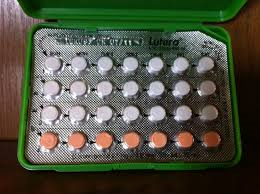
Oral contraceptive pills are still the most popular form of contraception, but the number of women who are choosing long-acting implants intrauterine devices (IUDs) is growing.
Two-thirds of the more than 60 million women between the ages of 15 and 44 were using birth control in 2011 to 2013, according to a report put out by the U.S. Centers for Disease Control and Prevention (CDC). Of those, 16% use oral contraception ('the pill"). Slightly fewer, 15.5%, opt to be sterilized by having their fallopian tubes blocked or tied. Nearly 10% of women have their male partners use condoms.
About 7% of women choose a long-acting form of birth control, which includes both IUDs and implants. The percentage of women using these products has almost doubled, up from 3.8% five years ago. Most of these women are using IUDs.
At one time IUDs were linked with a risk of pelvic inflammatory disease, but the three brands of IUDs on the market now do not carry this risk. In addition, IUDs were once only recommended to women who had already had a child. They are now recommended as a contraception option for all women, including teenagers.
Intrauterine devices are small and are inserted into the uterus. Two brands of IUD emit a small amount of contraceptive hormones into the uterus. Implants are small plastic rods that are inserted under the skin and that emit small amounts of hormones. IUDs and implants are reversible.
Long-acting contraception such as IUDs and implants has a very low failure rate because a woman does not need to remember to take a pill every day or make sure their partner uses a condom.
Nearly all women use contraception at some point in their lifetimes, the CDC said in its report. However, at any given time women may not be using contraception for reasons such as seeking to become pregnant, being pregnant, or not being sexually active.



